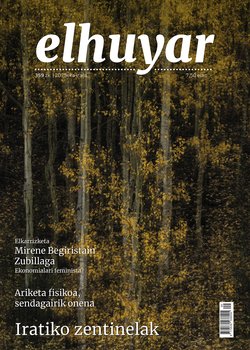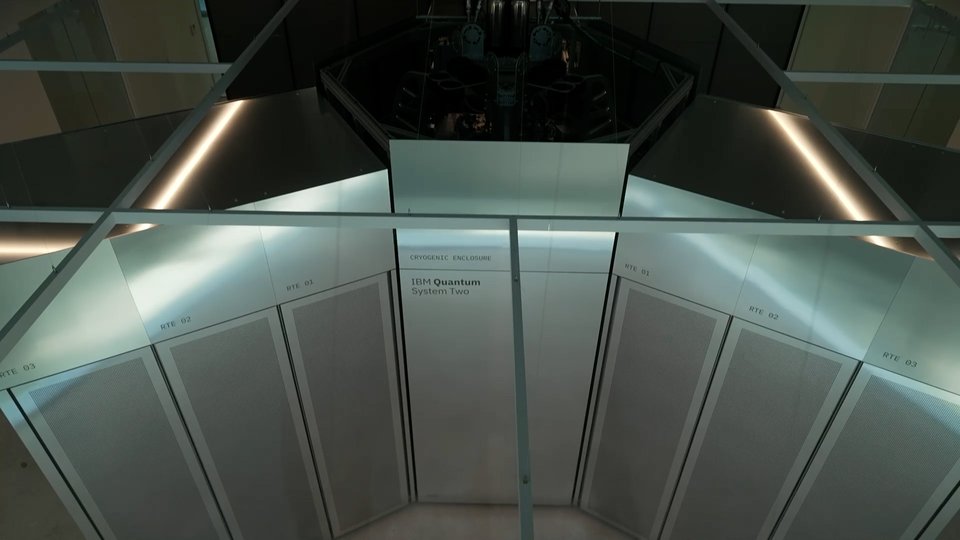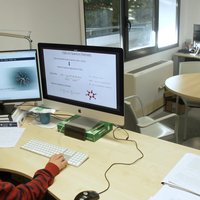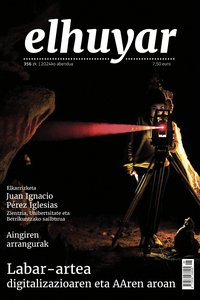Euskadi, the last on the internet; Aralar Sea; Sun Poles; Tomato quality
Euskadi, azkena internetenAutonomia-erkidegoen
artean, Euskadi azkenetakoa da Internetera iristen. This is data from a survey conducted by the search engine Yahoo in Europe. According to this, only 30% of internet users in the Basque Country have been browsing for more than ten years, which is one in four. Among the Autonomous Communities of Spain, the Canary Islands are poorer than this data. Another conclusion of the survey is that the majority of people, around 70%, are the most used tools for email and search engines on the Internet. The survey also indicates that social networks are used much more than five years ago, with an increase in the number of users of these networks from 4% to 30%
Aralar Sea Thanks
to the many layers of sediment that have been discovered, a thesis has revealed what the Aralar Sea was like 120 million years ago. The thesis, carried out by the researcher María Isabel Millán of the UPV/EHU, has investigated the changes that occurred in Aralar during the Aptian Low. The researcher has discovered a large number of sediment series corresponding to this geological period, up to 1,000 meters thick. María Isabel Millán notes that during the Aptiar Baja, the amount of oxygen in the seabed of Aralar suddenly decreased. The same thing happened in many other seas around the world.
Poles of the
SunAn international team of researchers has discovered important magnetic fields located at the Sun’s poles. The discovery has revolutionized the theory of the Sun's magnetism. The research team at the National Astronomical Observatory of Japan has detected magnetic fields that release much more energy, hundreds of times more, than previously thought.
Tomato qualityResearch by a
team at the Basque Institute for Agricultural Research and Development, Neiker-Tecnalia, indicates that the quality of tomatoes is affected more by temperature than by clarity. The study opens up new opportunities to undertake plantations even in areas where light conditions are not very good due to the climate. For example, it is said that this may be an interesting finding for growing tomato in greenhouses around the Cantabrian mountain range, despite the fact that it is often cloudy and solar radiation is poor. The effect is also valid for other fruits that are good foods, such as strawberries, cucumbers, melons or watermelons.
Buletina
Bidali zure helbide elektronikoa eta jaso asteroko buletina zure sarrera-ontzian










